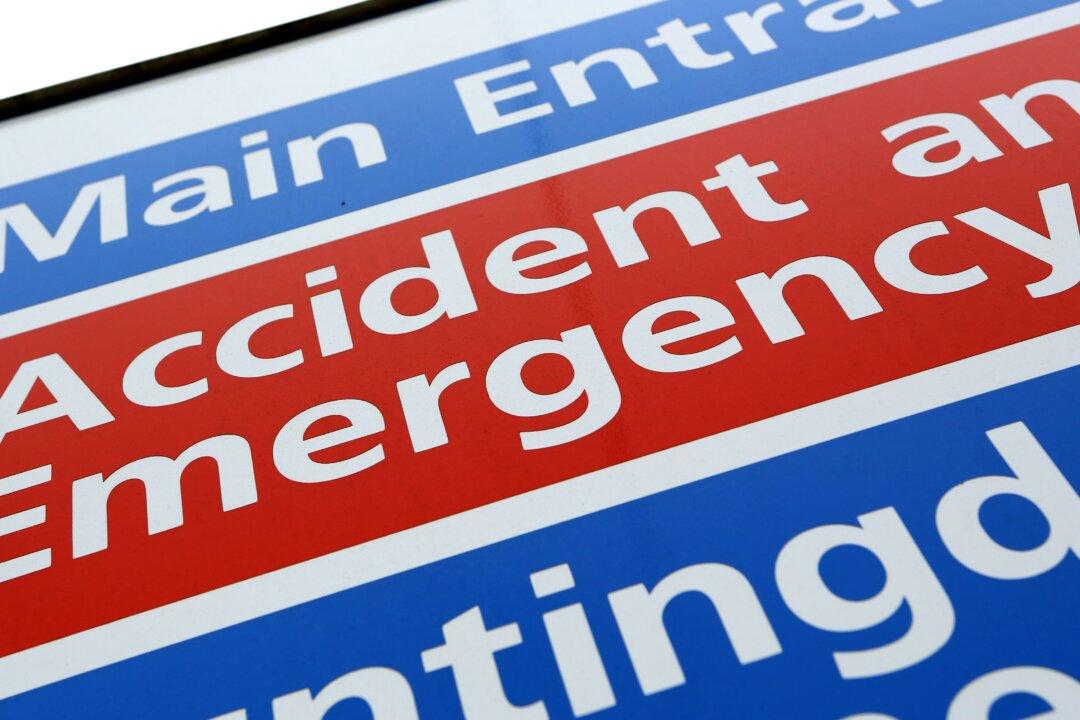The UK government is facing renewed calls for an investigation as the number of non-COVID-19-related deaths in England and Wales remains higher than usual over the past three months, particularly in younger age groups.
According to the latest data published on Tuesday by the Office for National Statistics (ONS), there have been 950 excess deaths in England and Wales in the week ending Aug. 12, while 592 of them had COVID-19 mentioned on their deaths certificate.





